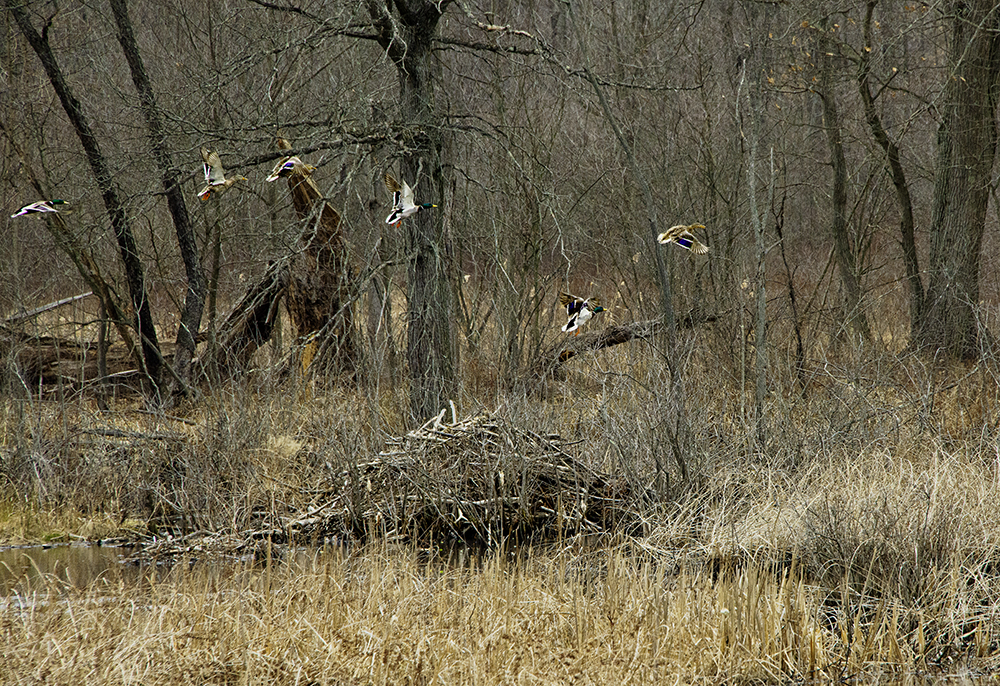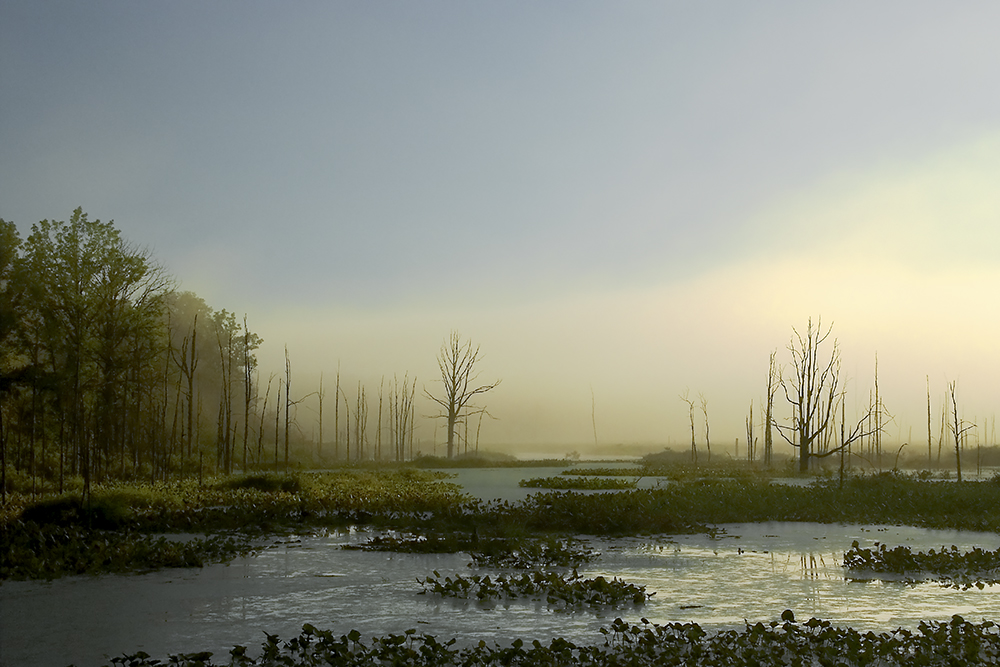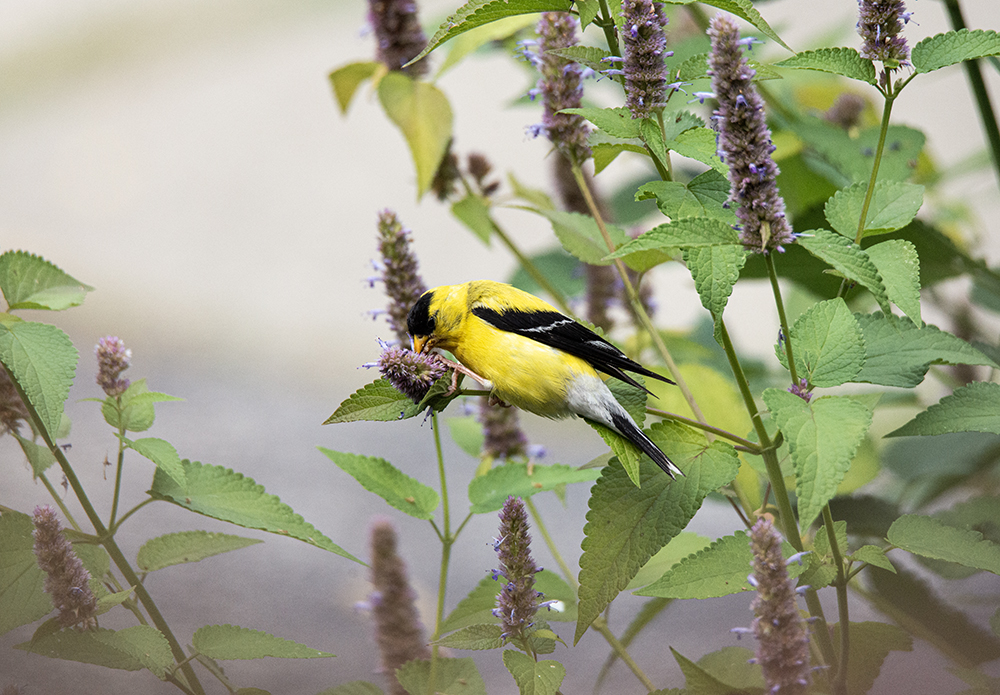
“Time Irresolute, Tummond’s Bog ”
“Others will see the islands large and small; …
A hundred years hence, or ever so many hundred years hence, others will see them …” “Crossing Brooklyn Ferry” Walt Whitman
167 years after Walt Whitman published these prophetic lines, technology, capitalism and exigent political and religious ideologies now conspire to change at least one dimension of time’s long held notion; that some things are immutable, that some things transcend the temporal, that some things endure. How can the simple beauty of a wetland that has survived for 11,000 years fall to the whim of man in the course of a few years? Entropy comes to the natural world with surrealistic speed disguised in many colors but almost always motivated by profit and power.
This scene of mallards flushing over a beaver lodge is at once iconic and timeless but imminently precarious. Imagine a world devoid of these creatures and the everyday quotidian beauty of the landscape.
Kate and I were visiting Tummond’s bog, a little known wetland in Mantua, Ohio, when mallards exploded over a beaver lodge at the west end of the marsh. It was the same location and scene we might have experienced 11,000 years ago with the end of the Pleistocene era as Ohio’s last glacier receded leaving eskers and kames behind to delineate the wetland, effectively arresting it in time. Pin oaks, white oaks, beech and shagbark hickory trace the slopes to the water where rush and sedge frame nesting areas for waterfowl and supply material and food for beaver lodges – a remarkable ecosystem, symbiotic, self-sustaining yet fragile. The area was designated a National Natural Landmark in 1976 and a state nature preserve in 1990.
One can walk, as we did, along the top of the serpentine eskers that still shelter the bog. As this scene existed in the past, it remains today. Tomorrow is less sanguine.
Oscar Bruggman Sand & Gravel, a privately owned, local company, is strip mining the wetland’s contiguous boundaries, first removing surface vegetation (trees and brush), then topsoil and eventually the gravel to be sold. The mining impact to the hydrology, water chemistry, soil acidity, the underground aquifer, wildlife and myriad other critical components of this natural system presents an imminent existential crisis.
Perhaps it’s not of any real consequence. There are thousands of bogs of course and when they disappear few will be aware of the loss and few will care. My personal hope is we come to see this obscure little bog as a microcosm, a metaphor that somehow helps, ever so minutely, to affect public opinion and, perhaps as a long shot, to galvanize action to preserve its beauty and silent wonder.




